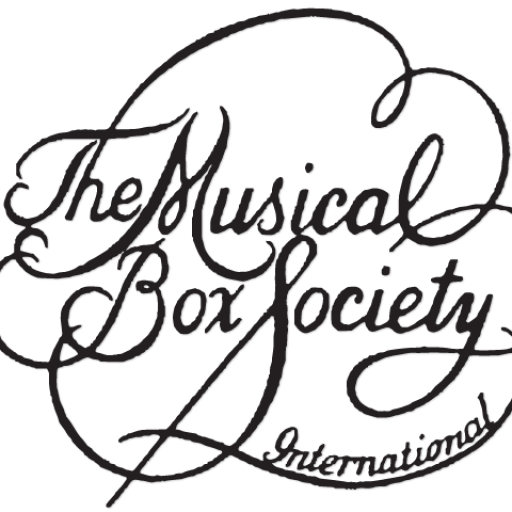French term for vox celeste pipes.
Vorsetzer
A German-origin term which is generally used by collectors today. 1. An electrically-operated (usually) cabinet-style player containing a reproducing mechanism which uses reproducing piano rolls. The cabinet is equipped with felt-covered "fingers" and is pushed up to the keyboard of a piano. The fingers and corresponding pedal mechanisms then automatically play the keyboard and pedals of the piano. Vorsetzer = sitter-in-front-of, in German. Vorsetzers with reproducing mechanisrns were made by Hupfeld, Welte, and others. (This definition, vorsetzer with a reproducing mechanism, is the one generally used by collectors today.) 2. Any push-up piano player or device, often foot-pumped, which is placed in front of a piano or organ keyboard to play it. * Synonyms: piano player, push-up piano player.
vox celeste box
Cylinder music box with reed organ section tuned to produce a celeste or chorus effect.
vox celeste pipes
Two ranks of violin pipes tuned in celeste commonly found in the countermelody section of dance organs and large street organs, tuned an octave above the other countermelody ranks. They frequently provide long sustained chords, serving the musical function of backup singers in a popular vocal group. * Synonym: voix celeste.
vox humana pipe
Reed pipe rank, usually with a capped metal resonator. Literally, "human voice." Used in photoplayers and many pipe organs, especially theatre organs.
